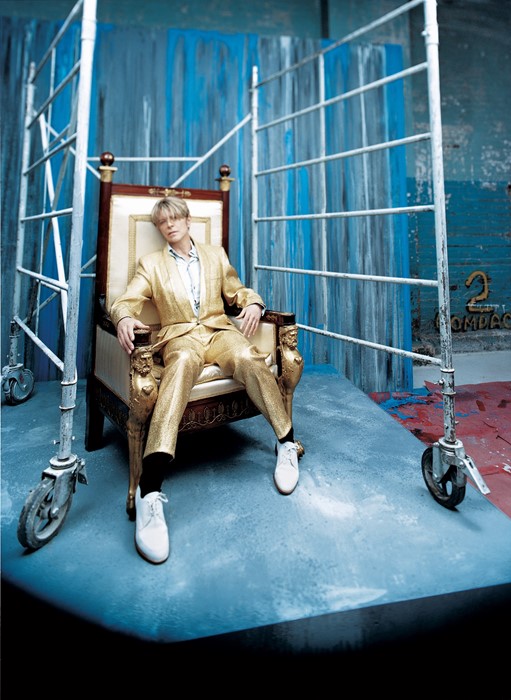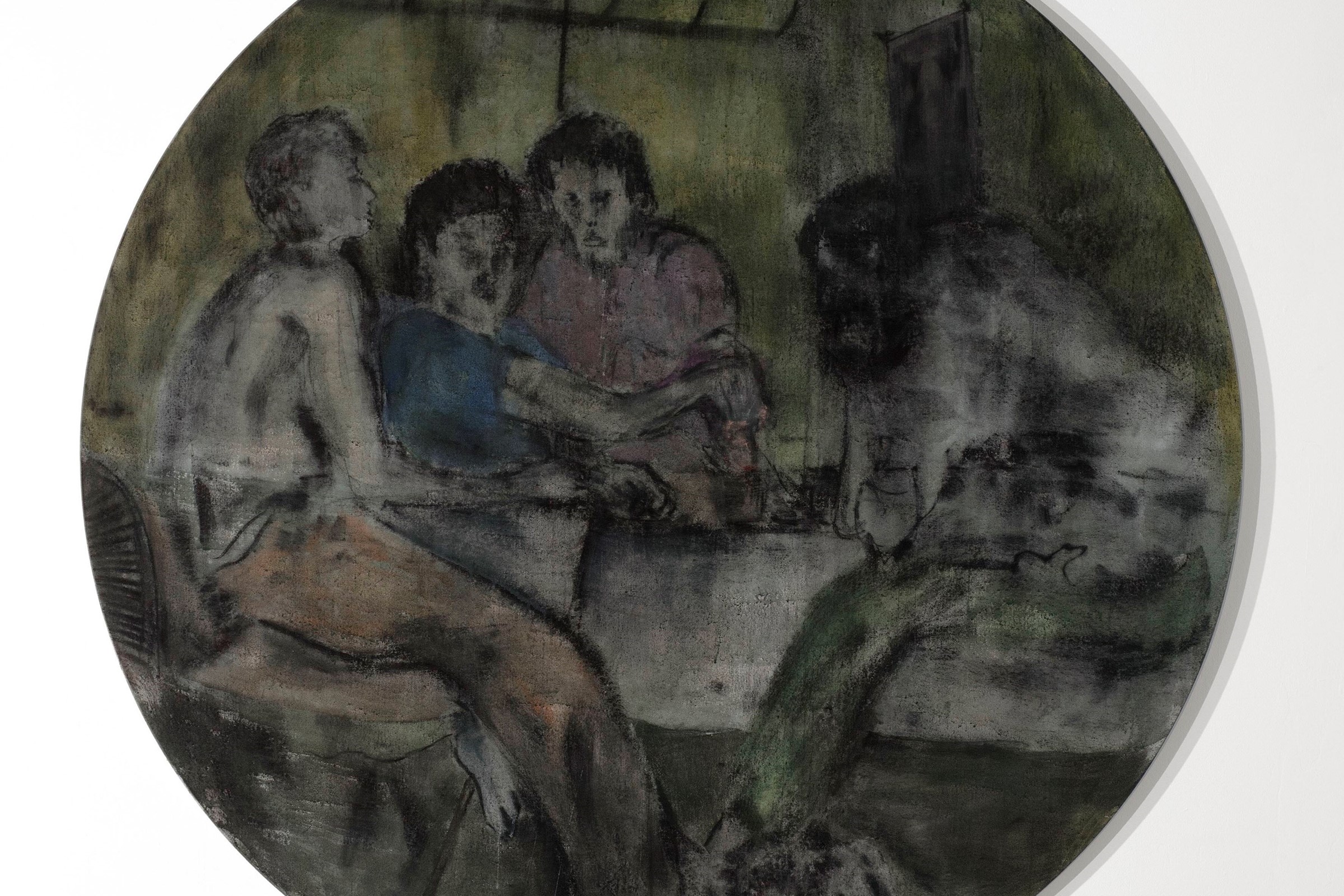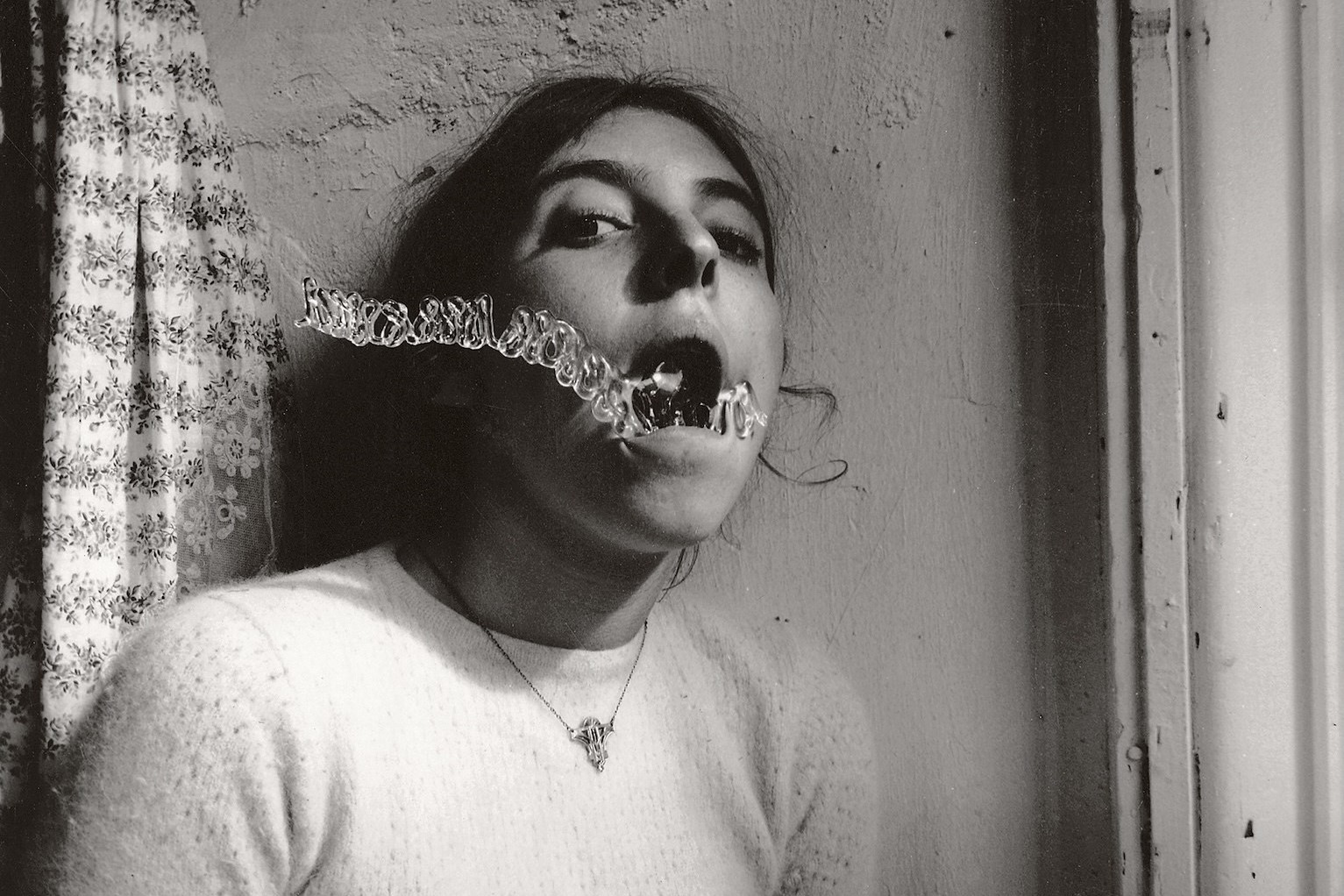“I miss his egalitarian approach to art”: Beth Greenacre cultivated a close friendship with pop culture’s favourite impresario over the 17 years they worked together
David Bowie was a master of the creative universe, a maestro of visual expression and a kaiser of the cross-pollination of the arts. His reach was far-flung across music, film, fashion and art, with the latter leading his support for the young generations of artists pushing their way through a deeply congested art market. As well as working as the curator for Allbright, owning her own contemporary art gallery in ROKEBY, and as working as a freelance art consultant, Beth Greenacre spent 17 years with Bowie as his curator and collaborator; she led the David Bowie collection, an important and extensive collection of Modern British painting and sculpture that also encompassed Surrealism, Outsider art, African art and Memphis furniture. Their collaborations spanned numerous exhibitions and the spearheading of the online art market, cresting the wave of the web and exposing millions to new names in the art world and the creative expressions of the next generation.
On lessons learnt from her time with a meteorite in many people’s galaxies, Greenacre discusses her endeavours with Bowie, her own approach to art curation and the future of contemporary art.
On entering the art world…
“Everybody is a curator these days, but when I graduated from The Courtauld Institute of Art in the 1990s there was no curating course – I came to a career in the art world via a History of Art degree. I was lucky that I graduated into a London art scene that was changing, thanks to the energy and dynamism of the YBA’s. Soon after graduating I was working alongside Gavin Turk in his studio; it was an exciting time.”
On how her relationship with David Bowie came about...
“It’s not a very glamorous story! I knew someone, who knew someone, who thought I would fit the bill. I first met David in 1999 at his home in New York. I did not realise it at the time, but he was checking out if we could work together. I passed the test, and by 2000 I was working alongside him on all his art concerns.”
On Bowie’s approach to art as a creative discipline...
“David approached all art forms equally. He did not differentiate between media, or disciplines, and that is one of the many things that made him such a special artist. He read visual art in the same way he read music or literature. He was a Renaissance man – a word one should use with caution, but which I don’t hesitate to use with David. I miss his egalitarian approach to art – it’s how he addressed life, with an open mind and heart.”
On Bowie’s support of the young art market...
“In 2000 David and I launched Bowie Art, a website to support young and emerging artists. There was not really such a thing as a ‘young art market’ at that point, and in 2000 there were no websites to view art. It’s amazing to think now but people thought it was absurd that there could be an audience for art online. But David was prescient in understanding the power and potential of the web; he was also cautious of it, but he saw well before others the reach that it could have and the good it could do.
“Bowie Art was a platform that gave recent graduates visibility and support at an important moment at the beginning of their careers, and connected them directly with users. David put his name to the site, as he knew it would drive audiences to the artist’s work, and it did. Soon after its launch we were getting over a million hits a week.
“We also co-curated real-time exhibitions together: Sound and Vision at The Royal Festival Hall, to tie in with David’s Meltdown Festival; Bloc at County Hall Gallery; The Window Pain Project, which was an ongoing series of installations in window spaces across the city. This was before the phrase ‘pop-up’ began being used and before people started to think outside of traditional gallery models.”
On the learning curves that come with owning a contemporary gallery...
“Artists allow us to look at the world in new ways; they question the status quo. Working with artists is a privilege; we need to champion them and the hard work that galleries do to support them.
“We had ROKEBY for close to 15 years and were never afraid to challenge the gallery model; we changed it regularly in accordance with a shifting landscape and market. The contemporary art world changes quickly and you have to keep ahead and not be afraid to reinvent the traditional structures.”
On wondering what Bowie would do...
“I realise time and time again that I approach much of what I do in the art world – and beyond – with lessons learnt from David. Now he has gone I often find myself asking what would David do in this instance…”




